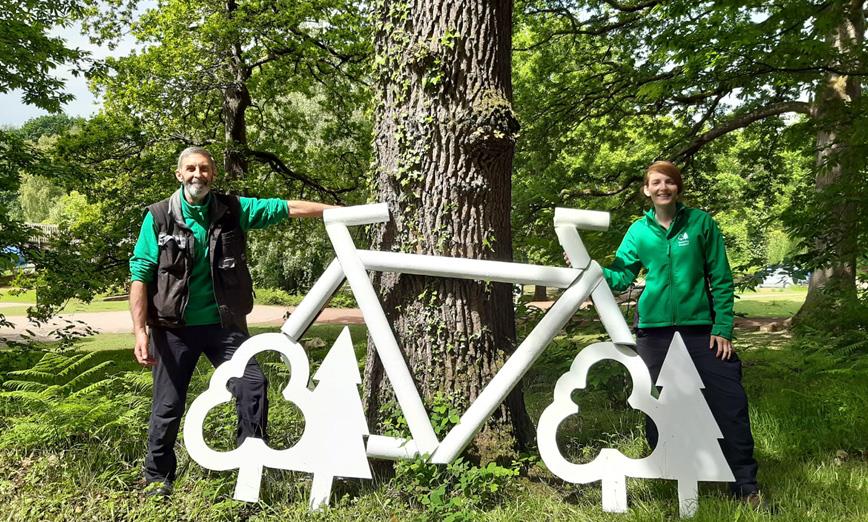Book Tickets Online
About Us
The name of the village derives from the Welsh language and means either "the town (tre) of slates (llech)" or "three (tri) slates (llech)". There are three standing stones in the village, known as Harold's Stones. There are 26 known spellings for the village, including Trelech, Treleck or Trelleck which can be found on road signs at three of the six entrances into the village.
Trellech was one of the major towns of medieval Wales, the remains of which have been subject to excavations which have been sustained over many years and which continue today. It is most likely that the town was established by the De Clare family specifically for the exploitation of local supplies of iron ore and charcoal, to provide weapons, armour and iron work for their military advances in Wales, including the building of Caerphilly Castle. By 1288 there were 378 burgage plots recorded in Trellech, which would have made it bigger than Cardiff or Chepstow. Trellech was largely destroyed in 1291 as a result of a raid. The Black Death struck in 1340 and again in 1350. Subsequently the ravages of Owain Glyndŵr and his men in the early 15th century further reduced the prosperity and importance of Trellech. More about the lost city of Trellech.
Harold's Stones
These large monoliths of conglomerate stone, commonly referred to as pudding stone, are situated in a field to the south of the village. They date back to the Bronze Age - much earlier than King Harold. It is supposed that they were dragged to the site on logs and levered into position, probably either for seasonal information or for use at religious ceremonies.
There is a marked trail through the village vising the following sites
The Virtuous Well
Sometimes known as St Anne's Well, this can be found in a field on the left of the road to Tintern, a little way out of the village to the east. Water from the well is alleged to be rich in iron and has been thought to possess curative properties.
Tump Terret
Tump Terret is situated within the grounds of Court Farm to the south-west of the church. It dates back to Norman times, as the site of a small motte and bailey castle; traces of its surrounding ditch remain.
Church of St Nicholas
The church is a focal point of the village and has an elegant pointed and prominent spire, a font and ancient sundial. A modern wooden copy of the sundial can be found near Harold's Stones.
The present building dates from the 13th and 14th centuries bu tthe preaching cross in the churchyard and the font may be much earlier. A complete list of vicars and churchwardens, dating from 1359, can be found hanging by the entrance to the south aisle. The church is a Grade I listed building.












